Why Won’t My iPhone Update? How to Get the New iOS Update


What To Know
- If the iPadOS or iOS update is not showing up, you may not have a compatible device.
- If iOS won't update, your device storage may be full, you may have a weak connection, or the software update server has failed.
- If your iPad or iPhone won't update still, delete the update file from your iPhone storage, then try updating again.
So you were excited to download the latest version of iOS or iPadOS, but your iPhone won't update? Or is the problem that your device seems to have frozen in the middle of the update? Is your iPhone or iPad unable to check for an update? If you're stuck and wondering what to do, look no further. Below, you will find the steps you need to work through to fix these issues and get the latest iOS or iPadOS update.
Is Your Device iPadOS 18 & iOS 18 Compatible?
If your iPhone won't update to iOS 18, the first thing to check is that your iPhone or iPad is compatible with the latest update. Here's a list of devices that are compatible:
- iPhone 16, iPhone 16 Plus, iPhone 16 Pro, iPhone 16 Pro Max, iPhone 16e
- iPhone 15, iPhone 15 Plus, iPhone 15 Pro, iPhone 15 Pro Max
- iPhone 14, iPhone 14 Plus, iPhone 14 Pro, iPhone 14 Pro Max
- iPhone 13, iPhone 13 mini, iPhone 13 Pro, iPhone 13 Pro Max
- iPhone 12, iPhone 12 mini, iPhone 12 Pro, iPhone 12 Pro Max
- iPhone 11, iPhone 11 Pro, and iPhone 11 Pro Max
- iPhone XR, iPhone XS, and iPhone XS Max
- iPhone SE (2nd and 3rd generation)
- iPad (6th generation and newer)
- iPad Air (3rd generation and newer)
- iPad mini (5th generation and newer)
- iPad Pro 10.5 inch
- iPad Pro 11 inch (1st generation and newer)
- iPad Pro 12.9 inch (2nd generation and newer)
If you aren't sure which iPhone or iPad you own, we have an article that will help you identify it, no matter which model or generation. If you do have one of the above devices but your iPad or iPhone won't update, check out the troubleshooting tips below.
Download Speed Slow? How to Speed Up Your Software Update
So, how long does iOS 18 take to install, anyway? The time it takes to download and install the newest iOS update or iPadOS update depends on its size and your internet speed. The slower the internet connection, the longer your software update will take. Depending on your internet speeds, it can take anywhere from a few minutes to an hour or longer. So, if your download speed is slow, one or more of these things is the reason why.

Image courtesy of Apple
If Apple's iPad or iPhone update has a slow download speed, there are a few things you can do. First, make sure your device is connected to power and has a strong internet connection. A Wi-Fi network is preferred. Next, You can speed up the process by not downloading other content at this time. Some people choose to download the software update and begin the installation in the evening, or another block of time when they don't need their iPhone or iPad, so there's plenty of time for the process to complete. You also have the option of downloading the update during the day and then installing it overnight while you're sleeping. Your iPhone should automatically suggest this option when downloading the update.
Make Sure You Have Enough iPhone & iPad Storage
Make sure you have enough iPad or iPhone storage to download and install the iPadOS or iOS update. Major iOS updates usually require a little over 5 GB. Smaller iOS updates,don't require as much. You can check your iPhone storage, and your iPad's as well, then take steps to free up storage space if you don't have enough room for the iOS update. If you're getting a message that your iPad or iPhone storage is full, but it isn't, you can fix that as well.
iPhone or iPad Unable to Check for Update

Image courtesy of Apple
What happens if you get an "Unable to Check for Update. An error occurred while checking for a software update.", or "Unable to Install Update. Software update requires a network connection" message? In this case, tap Try Again or Retry to try and update your iPad or iPhone using your same Wi-Fi network. If you get the same error message, try using a different Wi-Fi network. If you are still unable to check for an update on your iPhone or iPad, wait a while before trying again, in case Apple's servers are overloaded with so many people trying to update their devices at once.
Remove the iPadOS or iOS Update & Download Again
If your iPad or iPhone won't update because the software update failed, and the previous steps haven't fixed your iPad or iPhone update problems, you may need to delete the iOS update or iPadOS update, then download it again. Here's how to downgrade your iOS or iPadOS.
Once you've done this, go back through the iOS update or iPadOS update process again; hopefully, it works this time!
Update Your iPhone or iPad with a Computer
If your iPad or iPhone software update failed even after using the steps above, or you don't see the update in Settings > General > iPad/iPhone Storage in the step above, you'll need to update your device with your Mac or PC.
If you have access to a Mac that's running macOS Catalina or later, you can update your device with the Finder. Before you update, be sure to back up your iPad or iPhone with iCloud or iTunes. If your Mac is using a Personal Hotspot on your iPad or iPhone, connect it to a different Ethernet or Wi-Fi network before you begin. Now, here's how to update an iPhone on the computer:
- Connect your iPad or iPhone to your Mac with a USB cable.
- Click Finder to open.

- Click your device in Finder. Here's the fix if you don't see your iPhone or iPad in the Finder.
- Click your iPhone under Locations, then click Check for Update.

- Now click Download and Update, then follow the onscreen instructions to complete your iPadOS or iOS update.
If you have a Mac that's running macOS Mojave or earlier, you'll need to update your iPad or iPhone using iTunes.
Time for Recovery Mode
If your iPad or iPhone screen is stuck on the Apple logo without a progress bar for several minutes, or if your computer doesn't recognize your iPhone or iPad, it's time to use Recovery mode.
Warning: Before using Recovery mode, be sure that you have a backup of your iPhone. Recovery mode will completely erase your Settings and data, and you'll start over as if your device were brand new.
Once you've wiped your iPhone or iPad with Recovery mode, it's time to restore from an iCloud backup, iTunes backup, or using Finder. At this point, you can start the iPadOS or iOS update process from the beginning, but if you've already followed all the steps in this article and still can't update, it's probably time to contact Apple Support.
Contact Apple Support
By now, I hope you've been able to download and install the latest iPadOS or iOS update. If this still hasn't happened, it's time to contact Apple Support, because there may be a hardware issue that needs to be repaired. If you found this article helpful, check out our other troubleshooting guides for fixes on all kinds of Apple hardware and software problems.
For more great iPhone and iPad update tutorials, check out our free Tip of the Day.
FAQ
- Can I automatically keep my iPhone or iPad up to date? Yes, you can update your software automatically. Open the Settings app, tap General, then Software Update, and turn on Automatic Updates.
- How do I know which iOS I'm running on my iPhone? To tell which iOS you're running on your iPhone, open the Settings app, tap General, tap About, then Software Version.
- How long does it take to update my Mac? If you have a good internet connection, updating your Mac shouldn't take long at all! We have a tutorial on how to update your Mac, if you're interested.
Top image credit: nikkimeel / Shutterstock.com

Leanne Hays
Leanne Hays has over a dozen years of experience writing for online publications. As a Feature Writer for iPhone Life, she has authored hundreds of how-to, Apple news, and gear review articles, as well as a comprehensive Photos App guide. Leanne holds degrees in education and science and loves troubleshooting and repair. This combination makes her a perfect fit as manager of our Ask an Expert service, which helps iPhone Life Insiders with Apple hardware and software issues.
In off-work hours, Leanne is a mother of two, homesteader, audiobook fanatic, musician, and learning enthusiast.
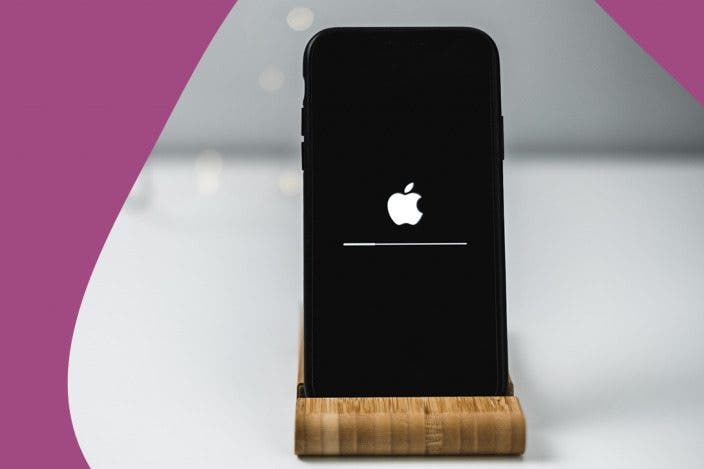
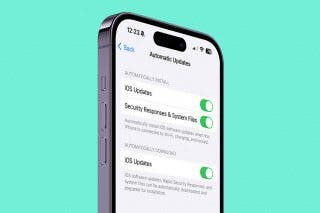
 Amy Spitzfaden Both
Amy Spitzfaden Both
 Leanne Hays
Leanne Hays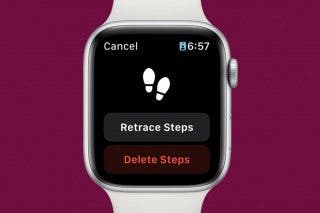
 Rachel Needell
Rachel Needell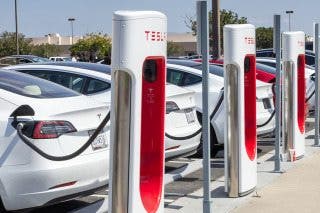
 Olena Kagui
Olena Kagui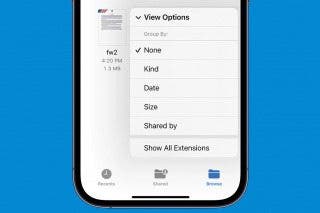
 Rhett Intriago
Rhett Intriago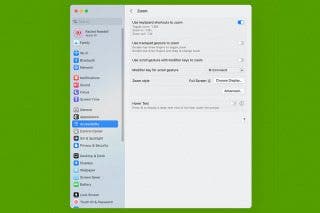
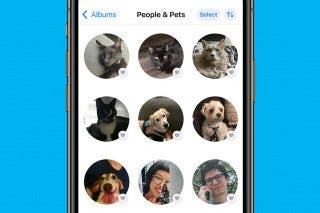

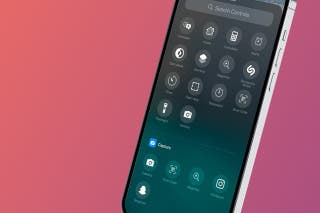

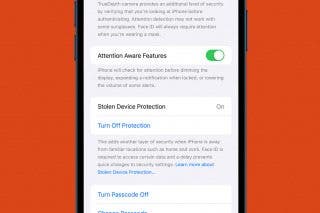



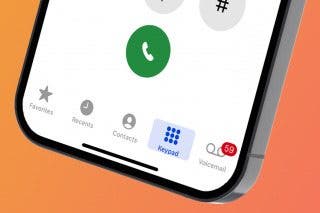

 August Garry
August Garry